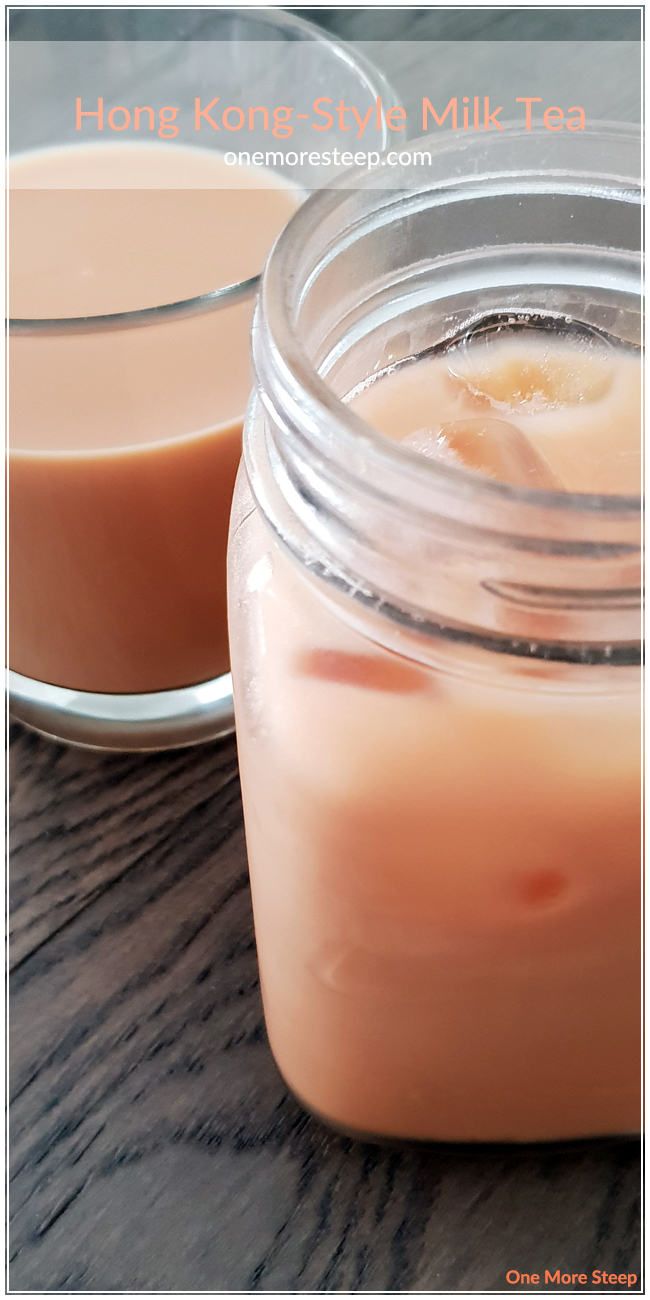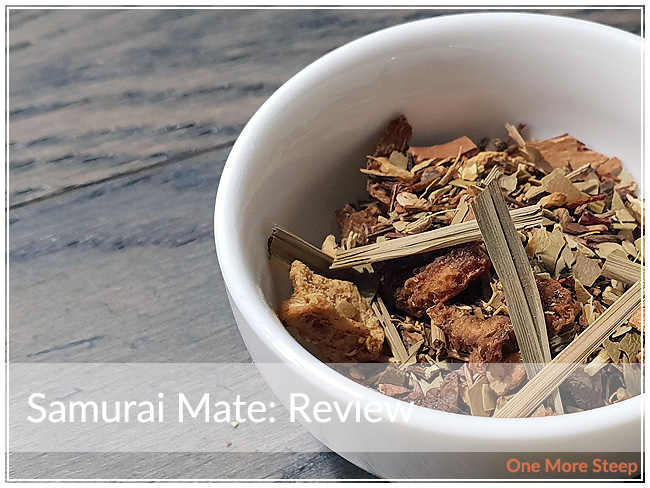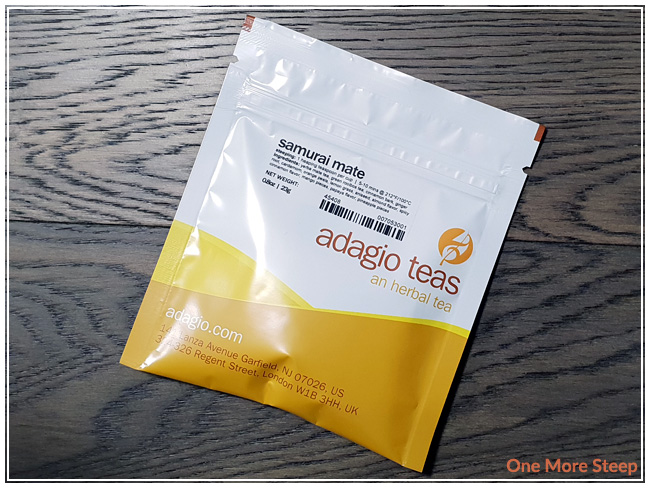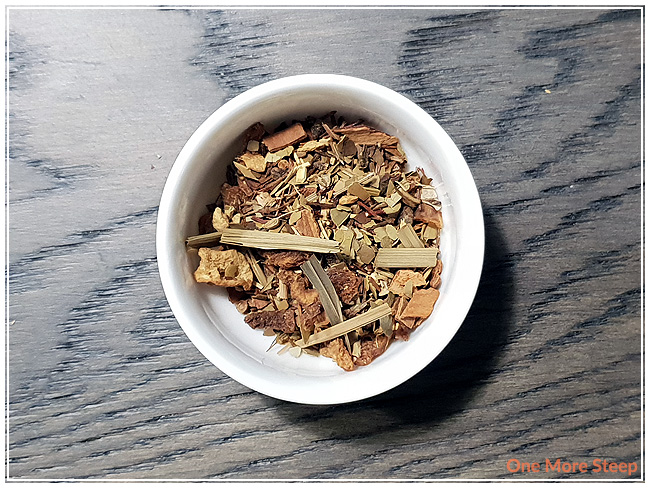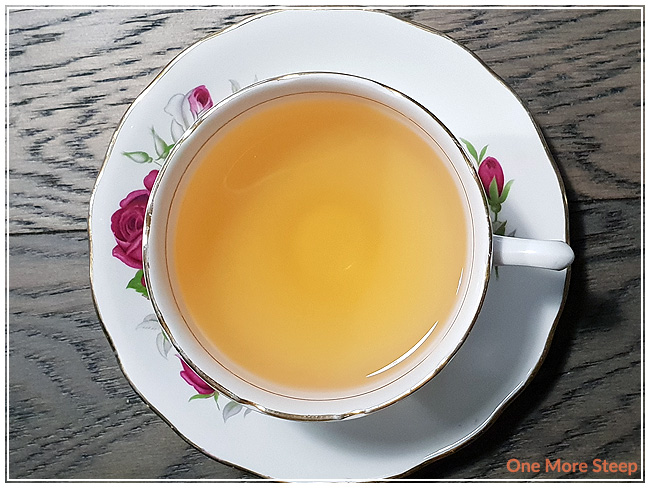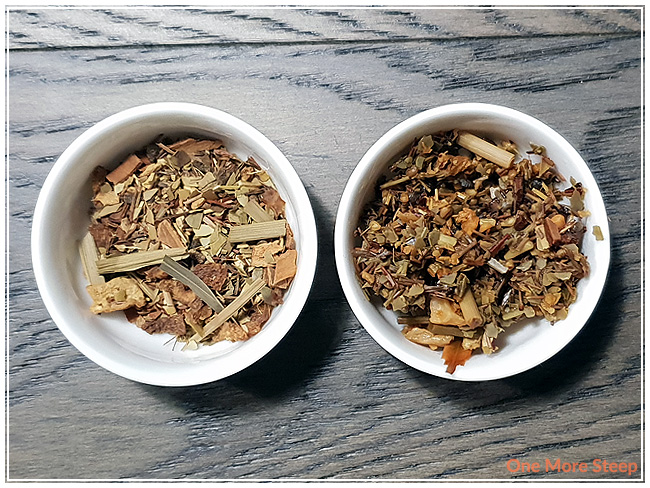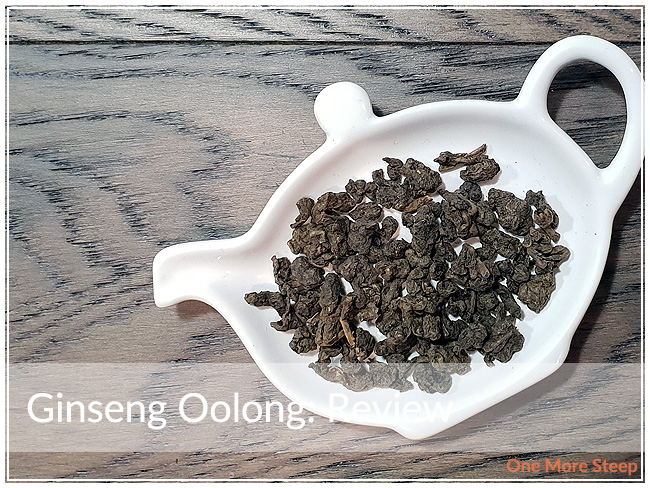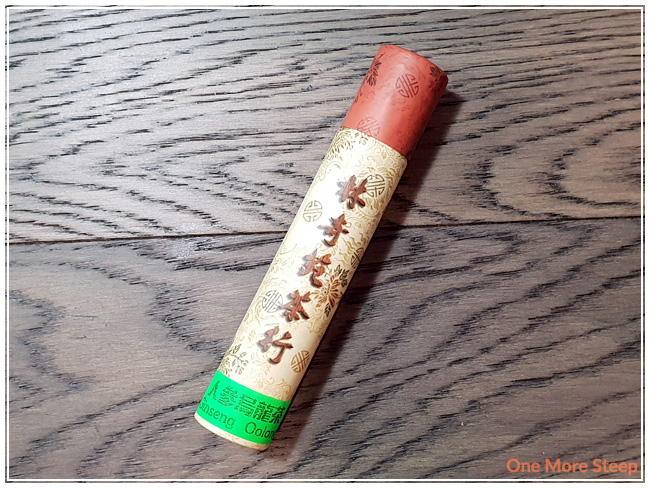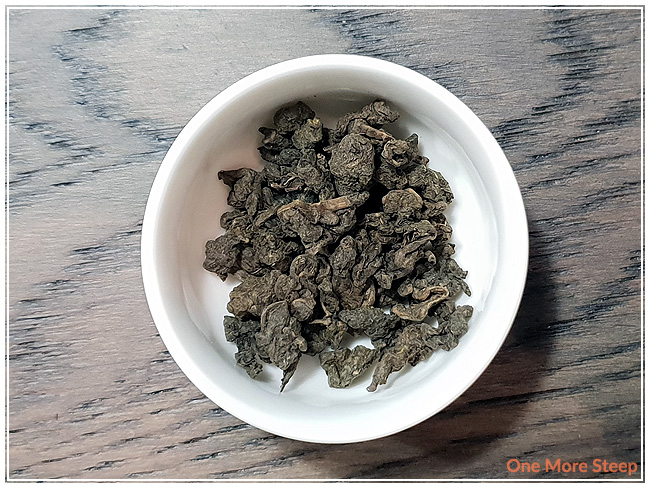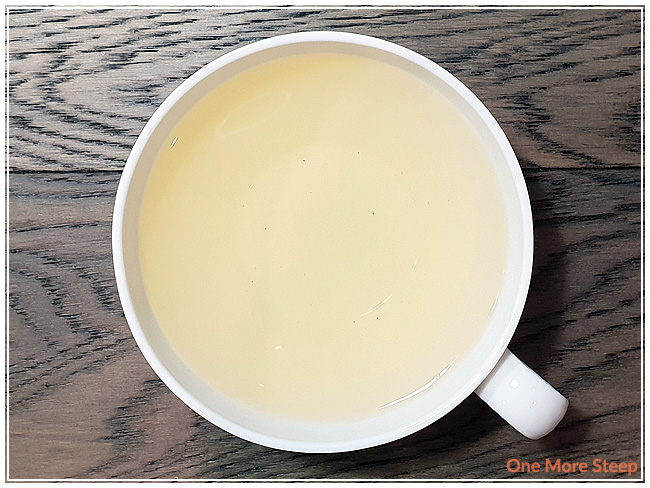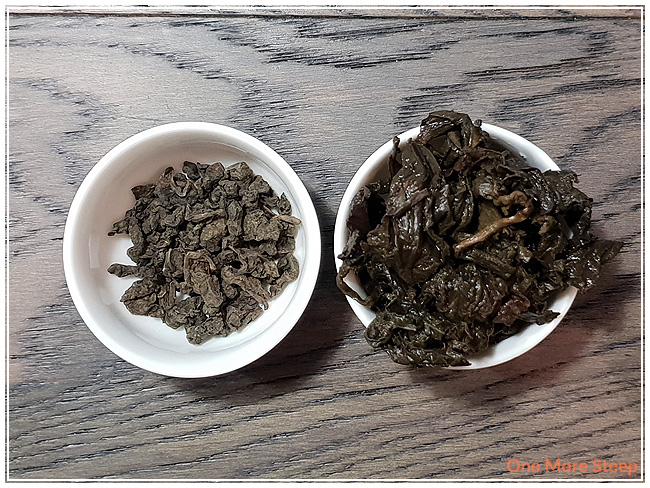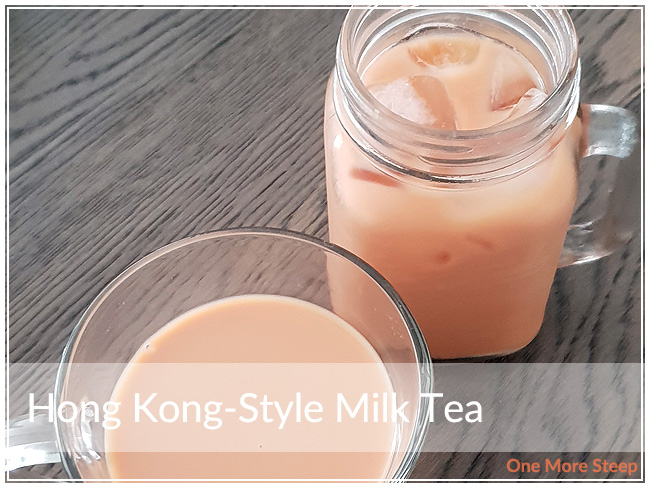
Hong Kong-Style Milk Tea is something that I’ve grown up drinking. If you’ve ever popped into a Hong Kong cafe, you’ll be able to find it on the menu and everyone has their own way of making it up – but the general idea remains the same: black tea, milk, and sugar. And don’t be skimping on the fat content, because the richer the milk, the better! Hong Kong-Style Milk Tea is also frequently referred to as “pantyhose tea” or “silk stocking tea” because of the material traditionally used to filter the tea – but that’s just too much effort (and to much of a mess!) to do at home.
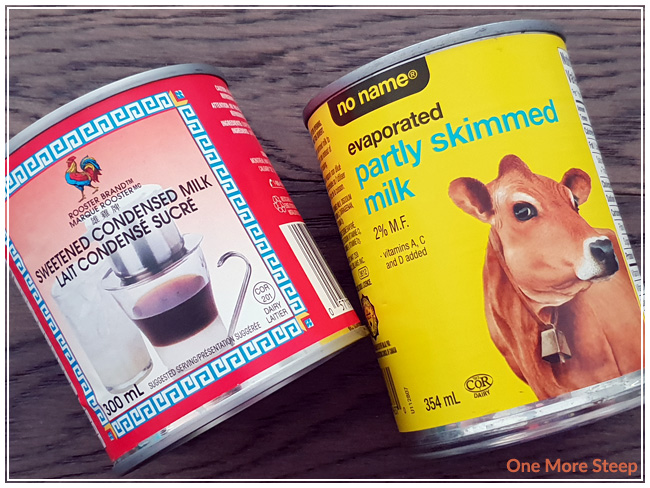
I grew up drinking Hong Kong-Style Milk Tea at home, where the tea used was bagged Orange Pekoe (Red Rose brand, if you’re curious). Any black tea will do, but I keep Red Rose on hand for making milk tea. When I was younger and I drank this, I’m pretty sure it was more milk than tea with a lot of sugar. I’ve since adjusted my ratios to become more tea, less milk, and a bit less sweet – but the condensed milk is still a must (or else I just use evaporated milk and white sugar…).
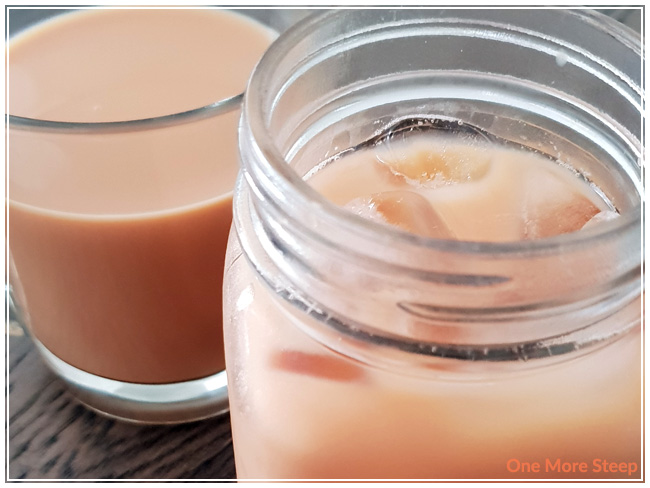
Hong Kong-Style Milk Tea (Hot) Recipe
1 black tea bag
300mL boiling hot water
2 tablespoons sweetened condensed milk or 1½ tablespoons evaporated milk
Sweetener of your choice*
Steep the tea – I usually do 3 minutes.
Stir in sweetened condense milk or evaporated milk.
Add sweetener of your choice (if using evaporated milk).
Enjoy!
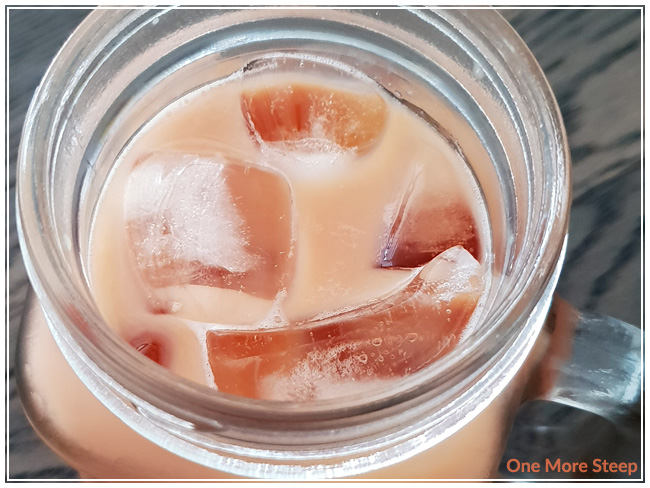
Hong Kong-Style Iced Milk Tea Recipe
2 black tea bags
300mL boiling hot water
2 tablespoons sweetened condensed milk or 1½ tablespoons evaporated milk
Sweetener of your choice*
Ice cubes
Steep the tea – I usually do 3 minutes.
Stir in sweetened condensed milk or evaporated milk.
Add sweetener of your choice (if using evaporated milk).
Pour over ice, and give it a stir.
Enjoy!
* If not using sweetened condensed milk.
Hong Kong-Style Milk Tea is a nice treat to have, and I’m pretty sure I’ve had it every single meal at this point in my life – and after dinner! It goes great with breakfast (sweet or savoury), and it’s just a nice little treat. If you’re watching your sugar intake, I’d recommend going with the evaporated milk. You still want it to have a full-bodied richness in terms of the creaminess, so don’t use regular milk (it’s too thin).
![]()
If you make this Hong Kong-Style Milk Tea, I’d love to see your photos! Be sure to tag me on Instagram (@onemoresteep #onemoresteep) or comment below with a link to the photo!
